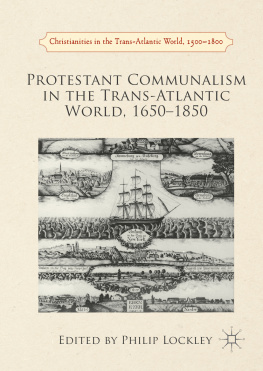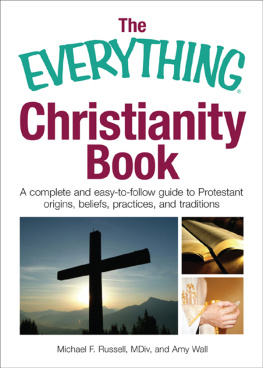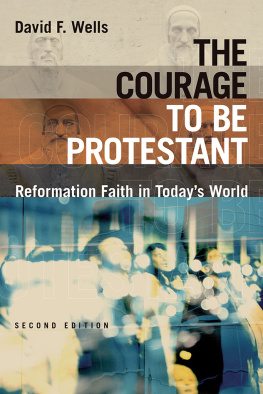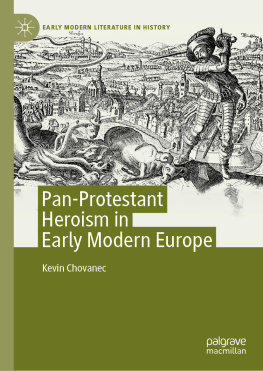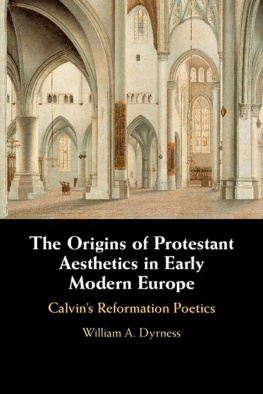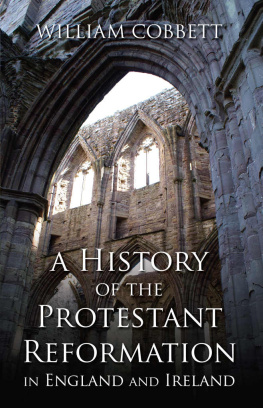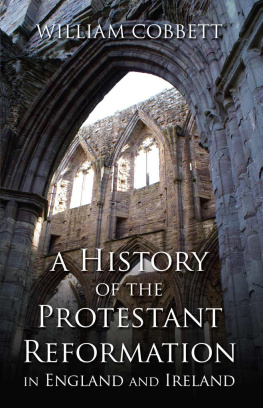1. Introduction
This book recovers the trans-Atlantic histories, networks, ideas and influences of Protestant Christian traditions of communal property across two centuries of early modernity. Between 1650 and 1850 a distinctive if disparate North Atlantic Protestant culture emerged, grew and continued among a variety of religious communities set apart from mainstream Protestant Christianities in both Europe and North America by their attitude to property and collective social practice. Across this period, small Protestant groups, often with a trans-Atlantic reach, came to embrace communalism, or the holding of property in common in single or interlinked settlements, as a mark of their ideal Christian practice.
Several groups displayed no communal propensity in Europe, yet came to adopt shared property soon after arriving in North America, such as the Shakers and the German-speaking Ephrata community in Pennsylvania in the eighteenth century. Others evolved elements of a communal outlook in Europe, adapting and expanding this further after migration to the new environment of the United States. These included the Community of True Inspiration and the Harmony Societyboth traditions of radical German Pietism. Still other traditions developed in nineteenth-century American soil, or only practised communalism in America, yet maintained a trans-Atlantic component to their history, mission or recruitment, among them the Church of Jesus Christ of Latter-day Saintsthe Mormons. While some communal traditions were short-lived, others endured for generations. All such communities co-existed with the tensions and opportunities presented by host cultures of individualism and private propertycultures themselves rooted in a predominant Protestant social ethic, in central Europe, in Britain or in North America.
A primary aim of this volume is to correct a still prevailing interpretation of many of these Protestant communal groups which sees such societies belonging to an explicitly American communal tradition, or a recognized tradition of American utopia. Countless essay collections, dictionaries and annotated guides have drawn more or less direct lines of comparison and precedent from these migrating and mission communities in the seventeenth, eighteenth and nineteenth centuries to the communes and radical alternatives of the 1960s counterculture. Taken as a whole, this utopian tradition may be seen to appeal to some as a comforting testimony to another America. The perennial presence of such groups arguably reveals shared work and common ownership to be as American a pursuit as the proverbial happiness conferred by individual interest, private property and other assumed legacies of American Protestantism.
While this book does not set out to dismantle this interpretation, it nevertheless confronts this reading by recovering and emphasizing the formative and persistent trans-Atlantic dynamic to the wider communal tradition as a whole, and to specific groups and traditions in their individual and collective histories and influences. This dynamic is illustrated in new understandings of the European roots, relationships and reputations of some communities, and the consciously Atlantic rather than American worldviews and influences assumed by others.
The comparative study of such communal religious traditions has a distinguished history. Yet this is in turn dominated by their American contextfrom Charles Nordhoffs Communistic Societies of the United States (1875) to Arthur Bestors Backwoods Utopias (1950), and on to Donald Pitzers edited collection on Americas Communal Utopias (1997).
Today, historians of the early modern and modern period are deeply engaged by the dynamics of Atlantic exchange and the nature and extent of intercontinental relationships across this ocean. Yet, the full spectrum of communal traditions related in diverse ways to this Protestant renewal remains understudied from a trans-Atlantic perspective.
In recent years, innovative research has begun to pay closer attention to the European origins and American connections of some individual communal traditions, but certainly not all. For instance, Clarke Garretts Origins of the Shakers sought to locate the Shaking Quakers who migrated from the northwest of England to New York State in 1774 within a diffuse culture of spirit possession and popular religion identified on either side of the Atlantic.
Moraviansthe revived Unitas Fratrum movementare perhaps the most prominent Protestant tradition to have an identifiable history of communal property ownership, though this was limited to a specific period in the eighteenth century. Moravian history has fared especially well in the scholarly turn towards the transnational of the last decade or more. A growing body of scholarship now strongly emphasizes the trans-Atlantic dimension to Moravian group identity and collective practice. Yet, while the Moravian concept of community has gained much attention within such studies, their time-limited practice of shared property has rarely been related to a context of wider Pietist, and indeed Protestant, tendencies towards communalism in either the period or similar geographical settings.
The essays in this book do not set out to be exhaustive in their dissection of all instances of Protestant communalism across their period. Instead, they seek to offer a range of broad or focused accounts and perspectives which will go some distance towards defining the culture of communalism it recognizes, and locating this Protestant culture across an Atlantic geography encompassing northwest Europe, the British Isles, the eastern seaboard of North America and the continent beyond.
In the second chapter, I attempt to map Protestant communalism across 200 years and two sides of an ocean. This provides an overview of each of the groups and traditions discussed in greater detail elsewhere in the volume, and locates other communal movements, including Moravians and Anglican monasticism, emerging earlier and later from similar or drastically different beliefs. Across this survey chapter, the adoption of communal practices is shown to have been grounded repeatedly in theological ideas before or soon after its practical implementation. Eschatology in its broadest forms was the branch of theology most frequently involved in providing this theological conduit to communalism, though communal property was not dependent on an eschatological outlook: some attempts to revive monastic communities in Protestantism are found to have owed more to an intended return to Catholic traditions of asceticism and order.
In Chap. , Jeff Bach presents the first of five extensive case studies of distinct Protestant communal traditions forged in trans-Atlantic histories. Bach narrates the rise, flourishing and decline of the eighteenth-century Ephrata community in Lancaster County, Pennsylvaniaa settlement with celibate orders and married families originating in the 1730s. Bach argues that an accurate interpretation of Ephrata must take account of how diverse religious and cultural influences from Europe combined in the American context. Ephrata maintained lasting communications with contacts in Switzerland and Germany, while further drawing on pockets of radical Christian views among the Pennsylvania population. Much of the past interpretation of Ephrata has focused on the unique location of America as a place for religious freedom. Through tracing outward communications and networks of relationships that spanned the Atlantic, the chapter shows both the patterns of Ephratas recruitment and its theological foundations to have remained intimately linked to Europe.

